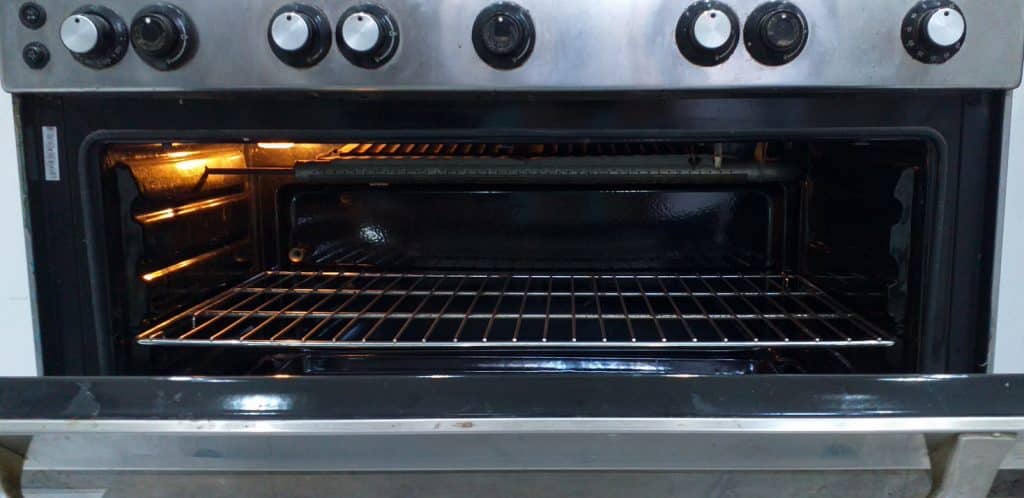The kitchen oven has long been a cornerstone of culinary convenience, allowing us to effortlessly bake, roast, and broil our favorite dishes to perfection. However, sometimes the results might not match our expectations. One common issue that home cooks encounter is the existence of hot spots within their ovens. These areas can lead to uneven cooking, overdone or undercooked portions, and frustration in the kitchen.
Understanding Hot Spots
Hot spots refer to areas within an oven where the temperature is significantly higher than the rest of the cooking chamber. This can result in unevenly cooked food. For instance, if you’re baking a batch of cookies and one part of the tray is positioned over a hot spot, those cookies may brown and crisp more quickly than those in cooler areas of the oven. This can be particularly problematic for large roasts or delicate baked goods that require consistent heat for optimal results.
Causes of Hot Spots
Heating Element Placement
In some ovens, the heating element may be positioned unevenly, leading to localized hot spots. This is especially true in older models or budget-friendly options where precision engineering might be lacking.
Air Circulation
Improper air circulation within the oven can also lead to temperature discrepancies. Certain areas may become hotter than others if the hot air isn’t evenly distributed.
Cookware and Placement
The type of cookware you use and its placement within the oven can influence hot spots. Dark-colored or nonstick pans absorb more heat and create localized hot areas. Additionally, if you crowd the oven with multiple trays, the airflow can be disrupted, causing uneven cooking.
Testing for Hot Spots
Before taking corrective measures, it’s important to determine whether your oven indeed has hot spots. An easy way to test this is by placing slices of white bread evenly across a baking sheet and toasting them. You likely have hot spots if some slices turn golden brown while others remain pale.
Addressing the Issue
Preheating and Temperature Adjustment
Preheating the oven thoroughly can help to distribute heat more evenly. Additionally, consider lowering the temperature slightly from the recipe’s recommendation to account for potential hot spots.
Rotation
Regularly rotating your pans during cooking can help to compensate for hot spots. This is particularly effective when baking multiple items on different levels.
Baking Stones or Tiles
Placing a baking stone or unglazed tiles on the oven rack can help to regulate heat distribution. These items absorb and evenly radiate heat, reducing the impact of hot spots.
Insulation
Some modern ovens come equipped with better insulation and improved air circulation systems. If you’re experiencing chronic hot spots, investing in a newer, high-quality oven might be a solution.
Cookware Considerations
Opt for lighter-colored cookware that reflects rather than absorbs heat. Adjusting the size and shape of your cookware to fit within the oven without overcrowding can also help to maintain proper airflow.
The presence of hot spots in your oven doesn’t have to be a culinary nightmare. Whether you’re baking a batch of cookies, roasting a savory chicken, or crafting a delicate soufflé, a well-functioning oven is an essential tool in your culinary arsenal. If you’re an Oklahoma City, OK resident, contact Col-Tech Appliance Repair when you need repairs for stoves and ovens.




